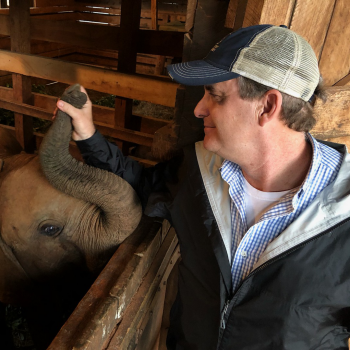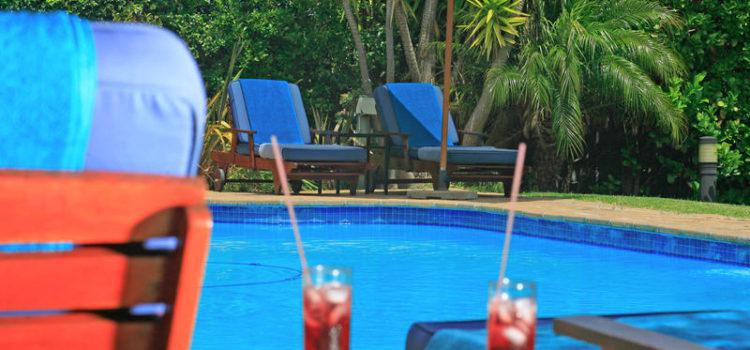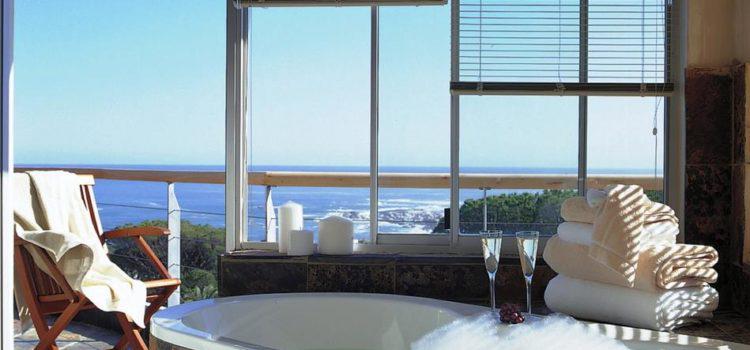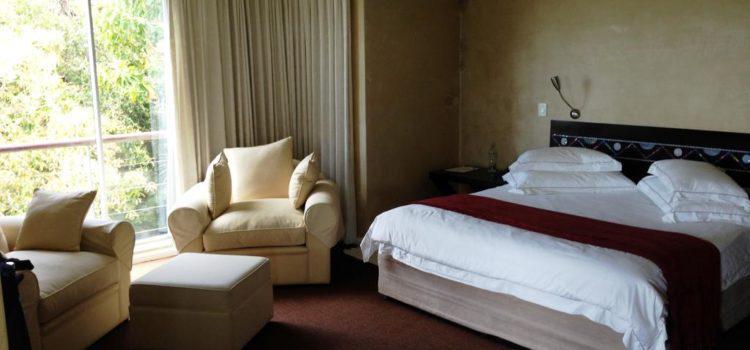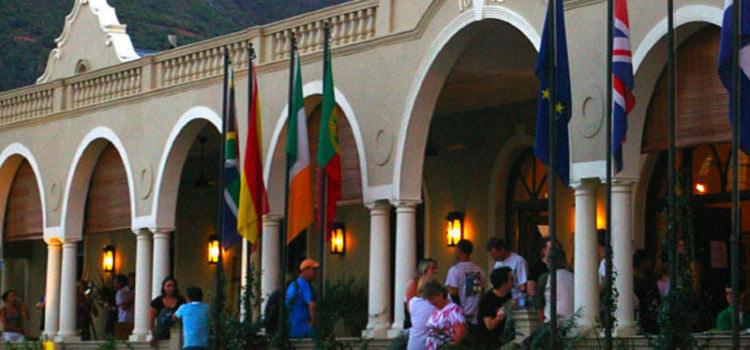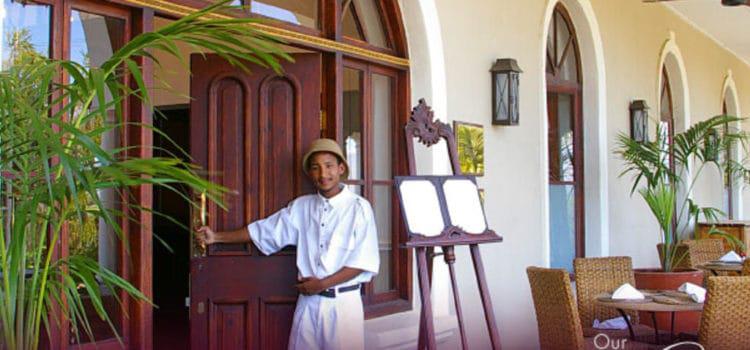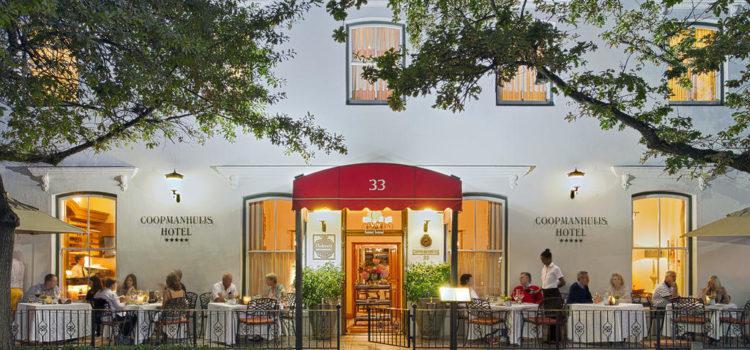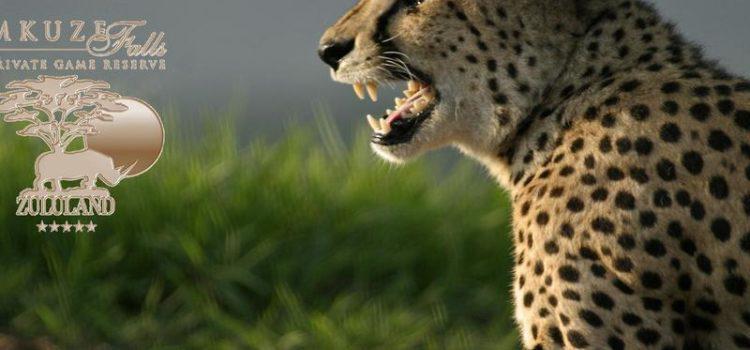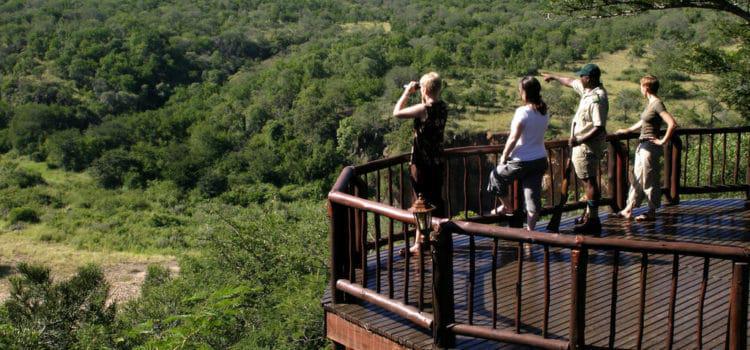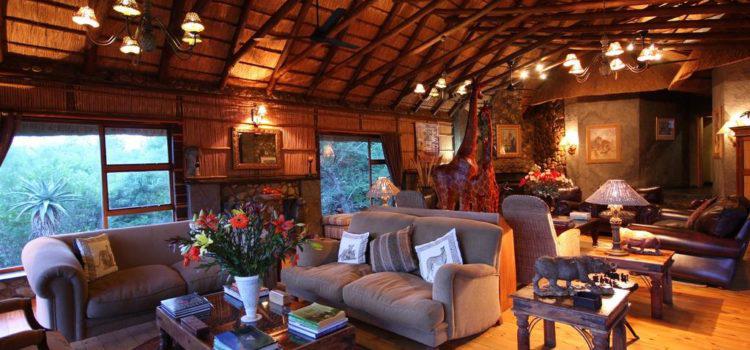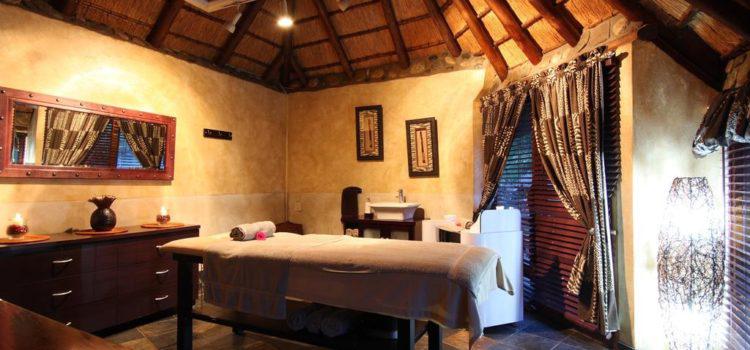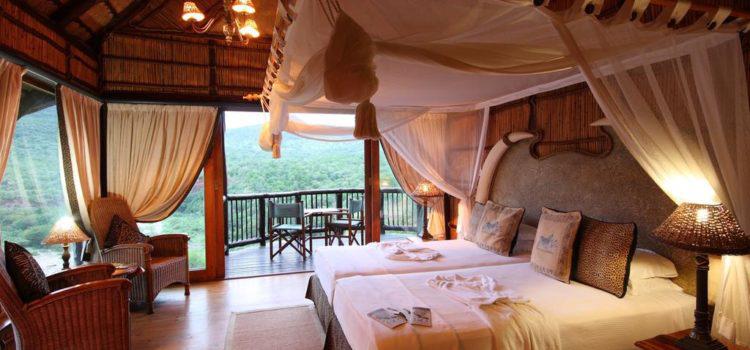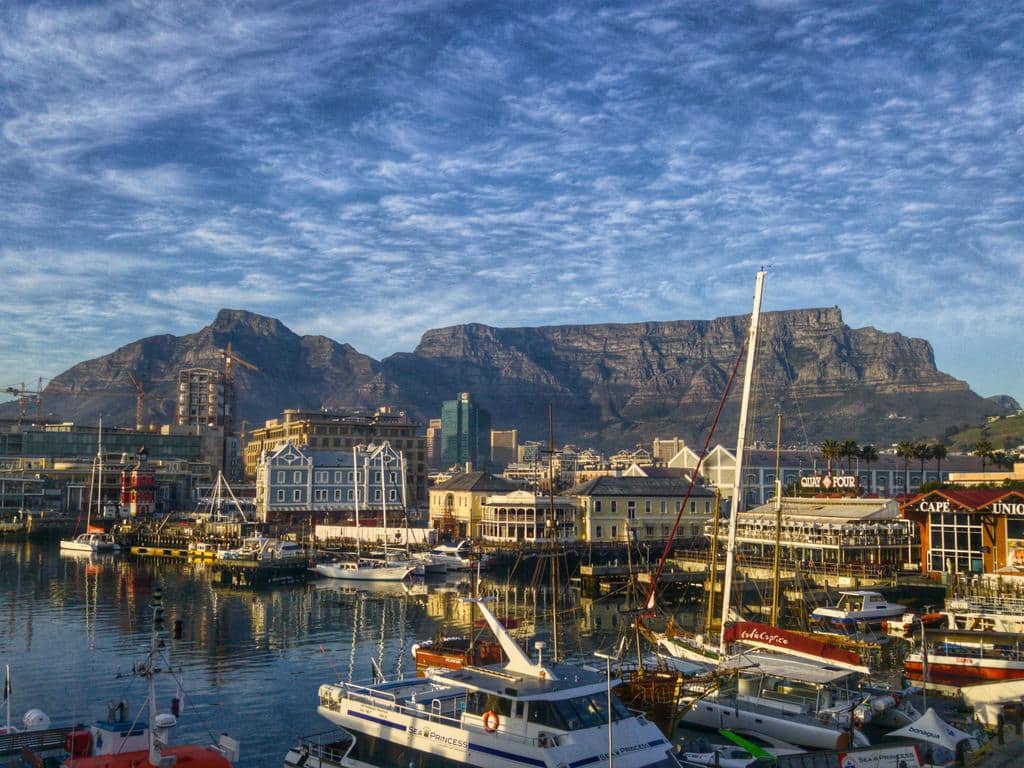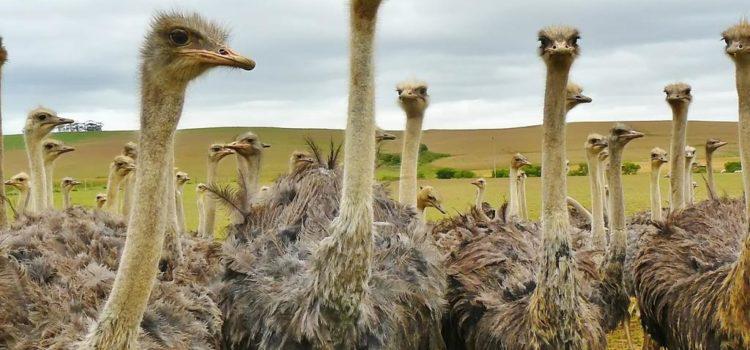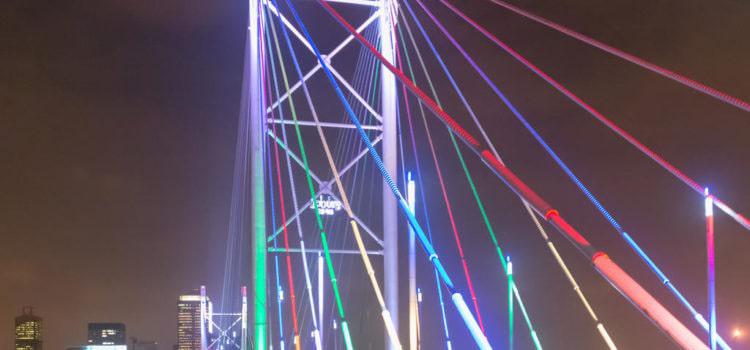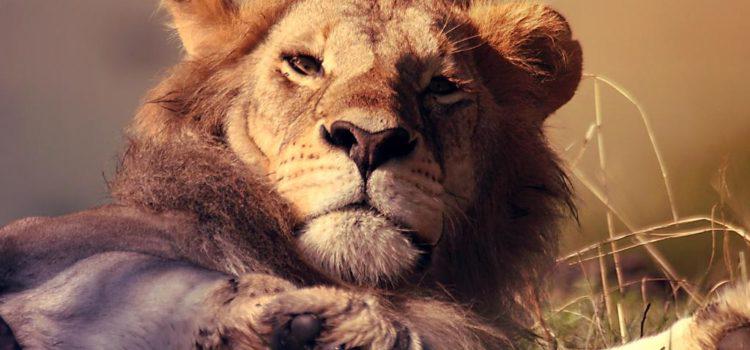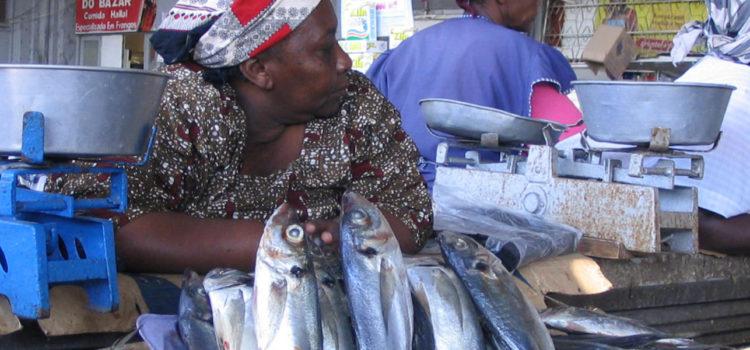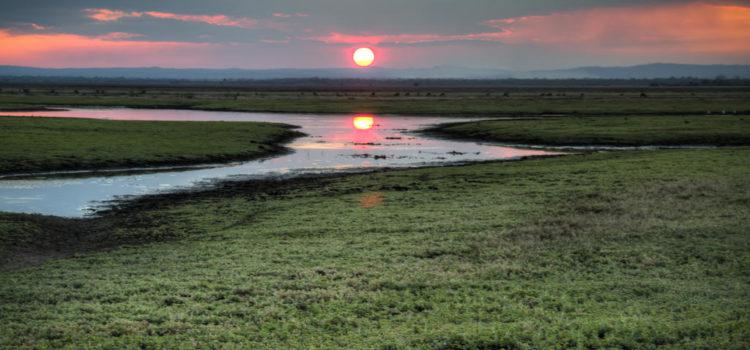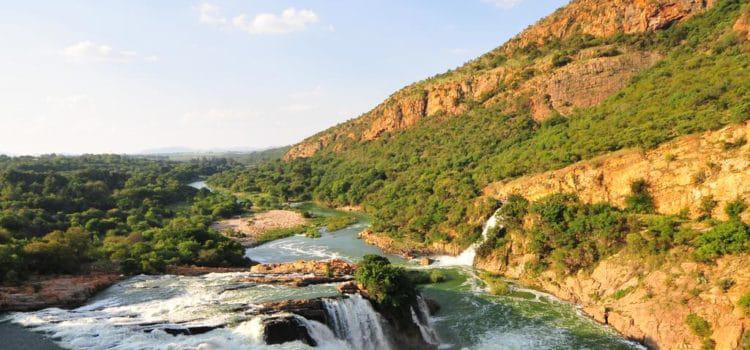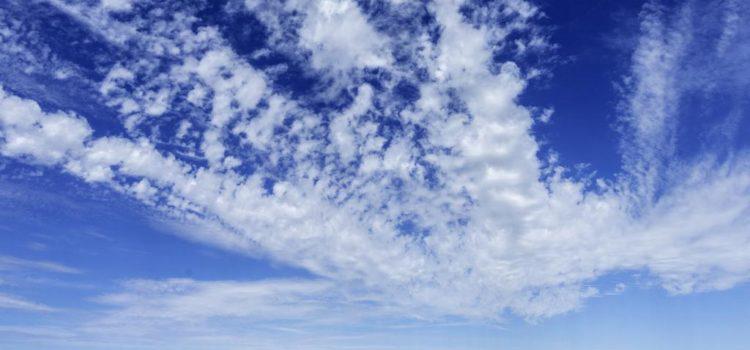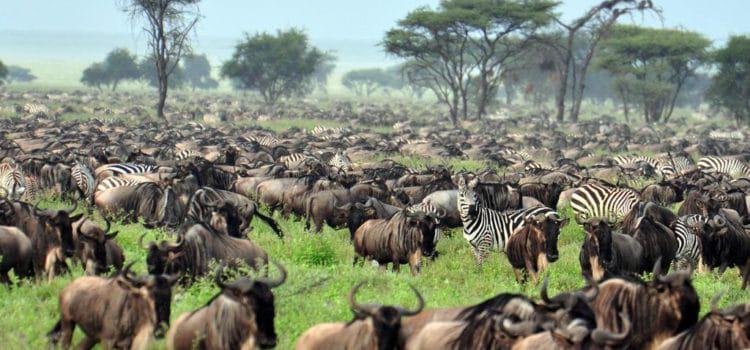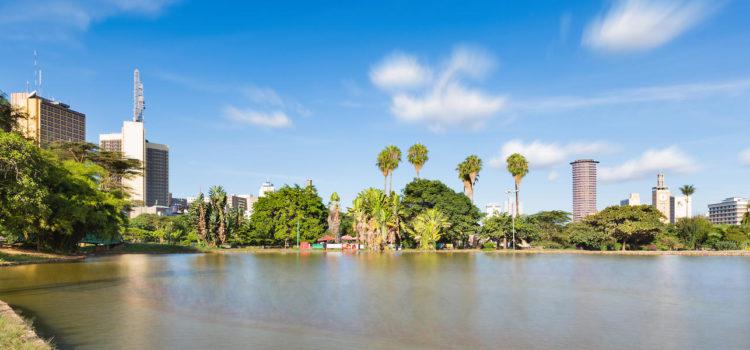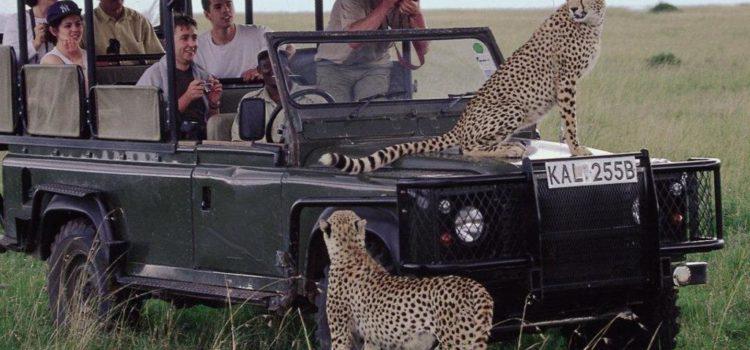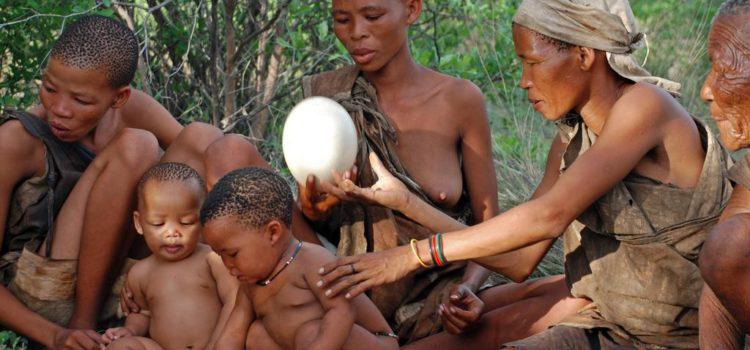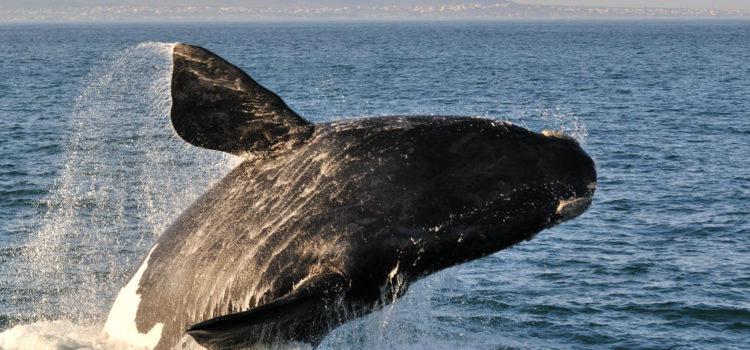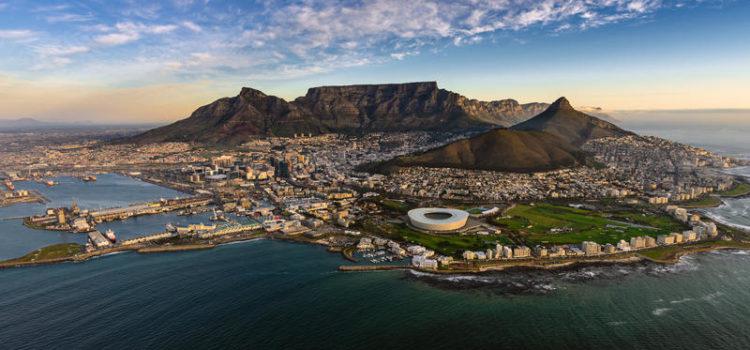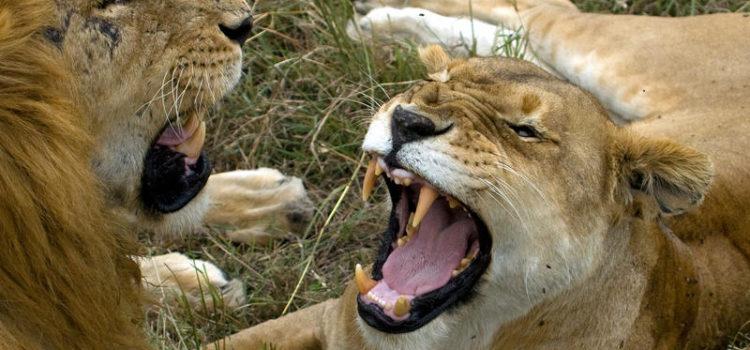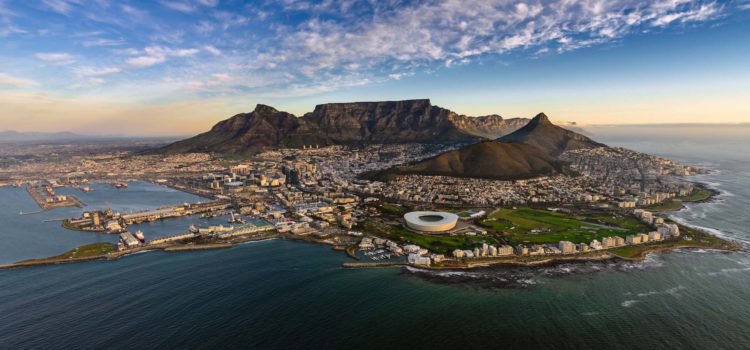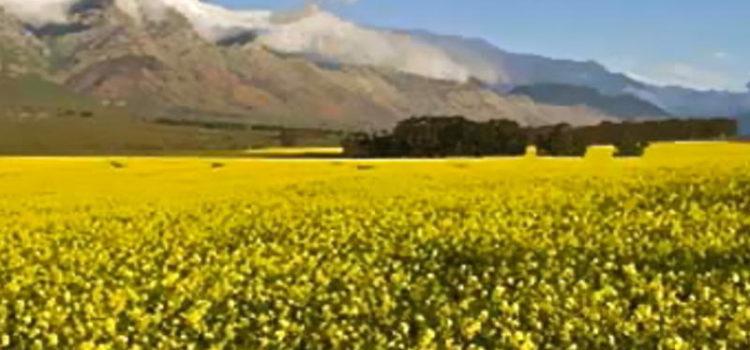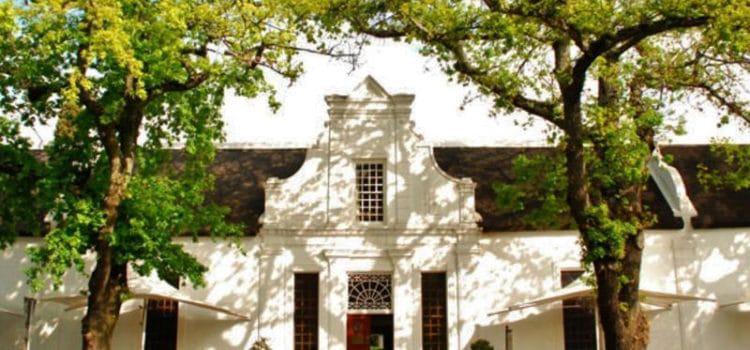Manyoni Private Game Reserve
Over the course of the next 3 full days we will explore the wonders of this incredibly scenic African wilderness. Home to an impressive variety of big game including the much talked about ‘Big 5’, our time in this reserve is sure to be thrilling and memorable. Landscapes in the reserve range from rolling hills of open acacia savannah, lush riverbeds lined with giant Sycamore figs and bright Fever Tree forests, dense thickets favored by the elusive and rare Black Rhinoceros, towering cliffs and scattered waterholes often thronged with thirsty
animals. Regularly encountered mammals include the ubiquitous Impala and Warthog, splendid Nyala (a stunning richly colored and boldly marked
antelope that has a rather limited distribution),Greater Kudu (males with impressive spiraled horns), Waterbuck, both Southern and Mountain Reedbucks, the diminutive Natal Red Duiker and its more nocturnal cousin the Grey
Duiker, Steenbok which favour the driest zones and Bushbuck which stick to the denser vegetation around the riverbeds, herds of ungainly Common Wildebeest and Plains Zebra usually travel together, dispersed herds of enormous Giraffe and noisy troops of Chacma Baboon and Vervet. A few of the larger waterholes support family groups of raucous Hippopotamus and two other sought after
target species are the elegant Cheetah which occur in healthy numbers and a pack of endangered African Wild Dogs that call this reserve home. The “Big 5” is always high on every visitor’s want list and the Manyoni Private Game Reserve is particularly proud of the conservation work that it does in protecting good numbers of both Black and White Rhinoceroses despite the current scourge of
illegal poaching. Family groups of White Rhinoceros are regularly encountered but the shyer and less numerous Black Rhinoceros are more difficult to find. Herds of African Buffalo can number in their hundreds and both lone bulls and matriarchal herds of African Elephant roam the reserve. Lions occur in good numbers, especially around this southern section of the reserve and are regularly encountered around Zebra Hills lodge itself where our guests are often awakened at dawn by the reverberating roar of Lions. Finally the Leopard, which is the most elusive of the Big 5, occurs in healthy numbers but finding this stealthy spotted cat always requires a hefty dose of good luck. We will also take time out to do a few night drives and besides the mammals mentioned above, we stand chances of finding a variety of nocturnal specialists such as Spotted Hyena, Cape Porcupine, Black backed Jackal, White tailed Mongoose, Common Genet, African Savanna Hare and Thicktailed Greater Galago (Thick tailed Bushbaby). If we are very lucky we might come across the bizarre Aardvark, Caracal, Serval, Bushpig or Brown Hyena. The reserve bird list boasts over 400 species and we are sure to encounter a mouth watering selection of quality species during our time here. Topping the list are the classic sand forest
specialities that include the highly localized trio of Pink throated Twinspot, Neergaard’s Sunbird and Rudd’s Apalis, eye catching Gorgeous Bushshrike, Eastern Nicator and Bearded Scrub-Robin. Early morning drives often turn up Crested Francolin and Natal Spurfowl scuttling off the roads as well as flocks of the bizarre Crested Guineafowl. We will spend quality time along the reserve’s
riverine woodlands searching for numerous frugivorous species that flock here to feed on the abundance of fruiting figs. These include cryptic African Green Pigeons, the brilliant Purplecrested Turaco, White eared and Black collared
Barbets and their smaller cousin the Red fronted Tinkerbird, noisy Trumpeter and Crowned Hornbills, Black headed and the migrant Eurasian Golden Orioles, and busy flocks of Black bellied and Violet backed Starlings. Other species that also prefer these moister forests include Scald throated and Lesser Honeyguides, Burchell’s Coucal, the soughtafter Narina Trogon, raucous Broad billed
Roller, Brown hooded, Woodland and the gorgeous African Pygmy Kingfishers and the most southern breeding population of Grey headed Kingfisher, cackling family groups of Green Wood Hoopoe, the enormous Southern Ground Hornbill, Black backed Puffback, Southern Boubou, Square tailed Drongo, Blue mantled Crested and African Paradise Flycatchers, Yellow bellied and Sombre Greenbuls, Terrestrial Brownbul, Black Saw wing, Red faced Cisticola, Yellow breasted Apalis, White browed and Red capped Robin Chats (both accomplished songsters), Collared, Grey and Purple banded Sunbirds and both Spectacled and Dark backed Weavers. Waterbirds include pairs of Egyptian Goose that dominate most waterholes, noisy Hadeda Ibis and unique Hamerkop, Woolly-necked Stork, the secretive Striated Heron and more conspicuous Grey
Heron, migrant Common and Wood Sandpipers, Three banded Plover, African Wattled Lapwing, family groups of Water Thick knee and Black Crake. Thirsty Red eyed, Ring necked, Laughing and Emerald spotted Wood Doves are regular waterhole visitors and noisy Village, Lesser Masked and Southern Masked Weavers nest in vegetation hanging over the waterholes. The reserve’s more open grasslands are home to a healthy population of the world’s largest bird, the Common Ostrich, as well as a good number of Black bellied Bustard. Other species we will seek in this habitat include Common Buttonquail, Crowned and Senegal Lapwings, Temminck’s Courser, Shelley’s Francolin, Black Coucal (in longer, moister grasslands), Little and European Bee-eaters, Rufous-naped
and Flappet Larks, Barn, Lesser Striped and Red breasted Swallows, Croaking Cisticola, Neddicky, Red-billed Quelea which sometimes flock and breed in the reserve in the millions, White winged Widowbird, Yellow throated
Longclaw and African Pipit. The acacia savannahs or bushveld habitat have
their own subset of species which prefer this slightly drier habitat and these include Grey Go away bird, Red faced and Speckled Mousebirds, the multi colored Lilac breasted Roller, African Hoopoe, Common Scimitarbill, Southern Yellow billed and Red billed Hornbills, Acacia Pied and Crested Barbets, Greater Honeyguide, Brown backed Honeybird, Striped Kingfisher, Golden tailed, Cardinal and Bearded Woodpeckers, Chinspot Batis, flocks of Whitecrested
Helmetshrikes, Grey headed and Orange breasted Bushshrikes, Brown crowned and Black crowned Tchagras, Brubru, Black Cuckooshrike, migrant Red backed and Lesser Grey Shrikes, the miniscule Grey Penduline Tit, Sabota and
the rare Dusky Larks, Long billed Crombec, migrant Icterine
and Willow Warblers, ubiquitous Rattling Cisticola, the scarce Stierling’s Wren warbler, Yellow bellied and Burntnecked Eremomelas, noisy flocks of Arrow marked Babbler, abundant Cape Starling, Red-billed Oxpecker which frequent
the larger mammalian fauna, Groundscraper and the nearendemic
Kurrichane Thrushes, the handsome White throated Robin Chat (another near endemic), White browed ScrubRobin, Pale and Grey Tit Flycatchers, Scarlet chested and White bellied Sunbirds, Yellow throated Petronia, the little
known Bushveld Pipit, Yellow fronted Canary and last but
not least, Golden breasted Bunting. Raptors are prevalent in the Manyoni Private Game Reserve and we will keep a look out for a variety of eagles including the massive Martial (Africa’s largest) and powerful Crowned Eagle (Africa’s monkey eating version of Harpy which nest in good numbers in the reserve and are virtually guaranteed to be encountered), as well as breeding pairs of migrant
Wahlberg’s, Tawny, the scarcer African Hawk Eagles and non breeding migrants which include Lesser Spotted, Booted and more rarely Steppe Eagles. Brown Snake Eagle is the most commonly encountered snake eagle but Black chested also occurs and the aberrant Bateleur, one of Africa’s classiest raptors is regularly seen rocking over the savannas on its broad wings. Small numbers of
Secretary bird stride across the more open grasslands in search of snakes and other prey and other regularly encountered raptors include Black winged and Yellow billed Kites, African Harrier Hawk, Lizard Buzzard, Gabar and African Goshawks, Black and Little Sparrowhawks, migrant Common Buzzard and Lanner Falcon. Vultures are also prevalent and play an important role in cleaning up the reserve. White backed is the default species but smaller numbers of massive Lappet faced, Whiteheaded, Hooded and rarely Palm nut Vultures occur. During the southern summer, numerous cuckoo species are vocal through the reserve and we will keep an eye and ear out for Levaillant’s, Jacobin, Red chested, Black, African, Common, Klaas’s, Diederik and the stunning African Emerald. Colorful seedeaters are also a feature of the area and species we will seek include Green winged Pytilia, Red billed, African and Jameson’s Firefinches, Blue, Common and Grey Waxbills, Quailfinch and the incredible Pink throated Twinspot. Village, Purple and Dusky Indigobirds and Pin tailed and Long-tailed Paradise Whydahs attain their breeding plumage late in the summer and are nest parasites on the aforementioned seedeaters. Nocturnal excursions may reveal the uncommon Bronze winged Courser, Spotted Eagle, Barn, African Wood, African Scops, Verreaux’s Eagle- and Southern White faced Owls and Fiery necked and Squaretailed Nightjars.

